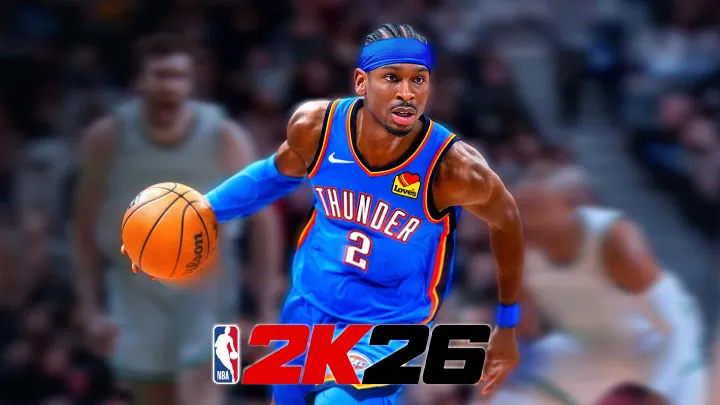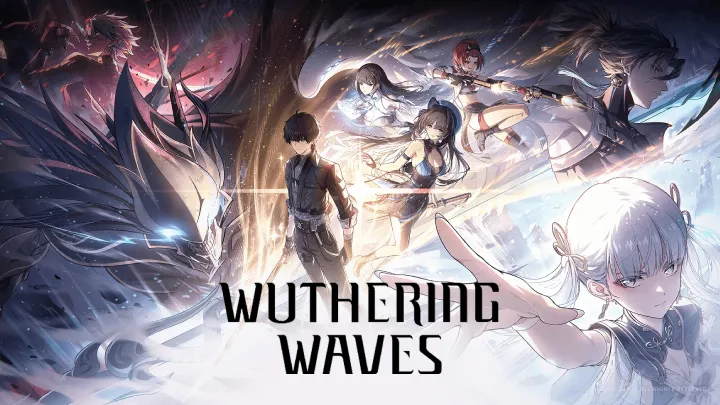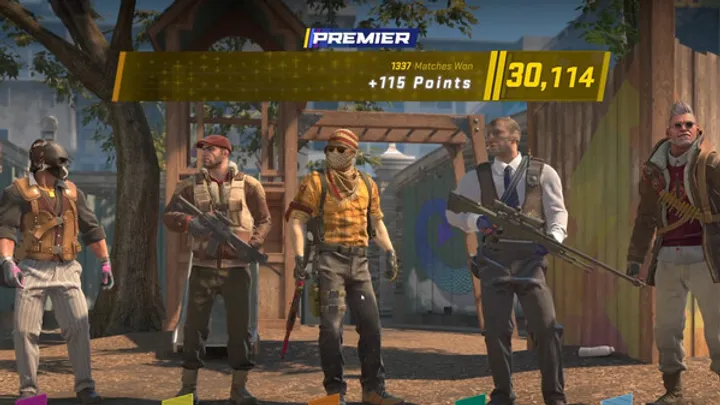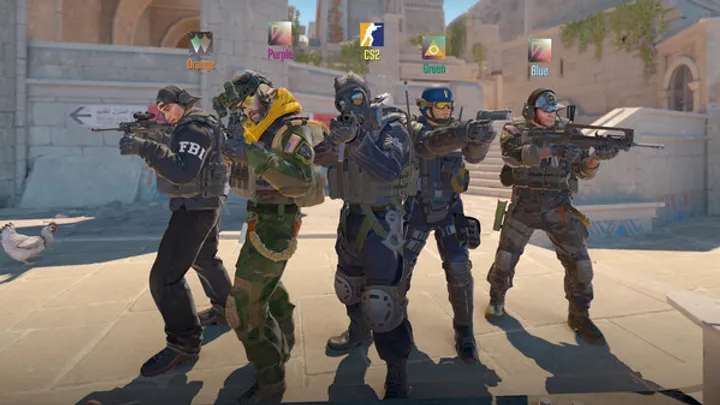Every new iteration of the FIFA (now EA Sports FC) series brings excitement and skepticism, but FC 26 has drawn particular attention to a critical issue: player AI behavior. While the game introduces refinements in animations, career modes, and cross-play features, the underlying question of how AI reacts during matches has dominated discussions. For competitive players, especially those engaged in Ultimate Team and esports-level tournaments, the AI’s unpredictability creates both opportunities and frustrations. This article dives deeply into this single issue—player AI intelligence—exploring its development, present challenges, gameplay implications, and the broader competitive landscape of FC 26.
Early Expectations of Smarter AI in FC 26
Promised tactical awareness
When FC 26 was first announced, enhanced tactical awareness was highlighted as a flagship improvement. Defenders were expected to cover space more intelligently and midfielders to press in sync with team tactics.
Expectations versus reality
Players imagined AI that blended seamlessly with user control. Instead, many observed that while some positioning looks polished, other sequences remain frustratingly static. This duality—moments of brilliance offset by stubborn flaws—has shaped early perceptions of the meta.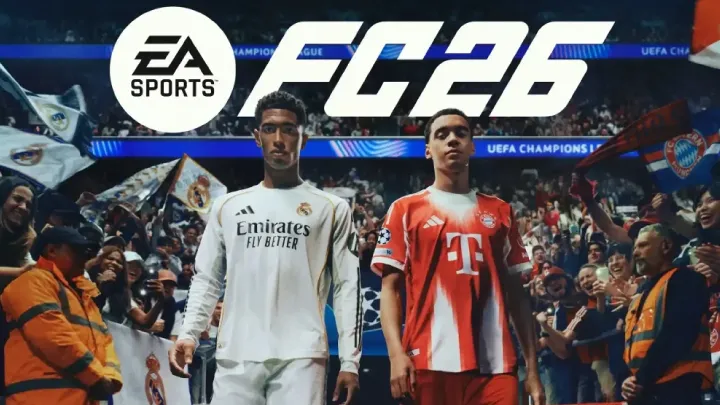
First Impressions: The Reality of Defensive AI
Positional issues
Defenders often fail to track runners, leaving exploitable gaps. High-level players quickly rediscovered that through balls and pace-based exploits still dominate, undermining claims of smarter tactical defense.
Passive engagement
When not user-controlled, defenders can be overly passive. This creates a skill gap by forcing manual intervention, but it also feels unrealistic—professional defenders in real football display more anticipation than FC 26 sometimes simulates.
Midfield Automation: A Double-Edged Sword
Over-scripted movements
Midfielders can perform movements that feel pre-determined, stepping into lanes without adapting to evolving patterns. Sometimes this bails players out; more often it disrupts intended structures.
Pressing and passing-lane coverage
Under pressure, AI midfielders may hover rather than close passing options, letting opponents bypass the engine room. The burden shifts to the back line, pushing players toward constant manual repositioning.
Offensive AI: Intelligent Runs or Predictable Patterns?
Nuanced off-ball runs
Attackers show improved timing in some contexts, generating better passing windows and encouraging varied buildup.
Predictability over time
Once opponents learn these run patterns, they can anticipate and neutralize them. The surprise factor fades, and high-level matches drift toward repetition, reducing tactical variety.
The Impact on Ultimate Team Competitions
Exploiting structural weaknesses
Elite squads capitalize on AI gaps, particularly in defensive transitions. Pace-heavy forwards thrive not solely from tactical mastery but because positioning lapses are easy to punish.
Intensified pay-to-win dynamics
When AI fragility amplifies the value of speed and dribbling, players feel pressured to acquire premium cards. The competitive ladder tilts toward squads that can brute-force space rather than outthink it.
AI in Career Mode versus Online Modes
Offline single-player balance
In Career Mode, defensive structure can feel tighter and pressing logic more coherent. Difficulty settings allow finer control of aggression and compactness, masking shortcomings.
Online dynamics and latency
Online play introduces latency and synchronization quirks that magnify passivity. A split-second delay can turn a well-timed step into a stutter, making offline and online experiences diverge meaningfully.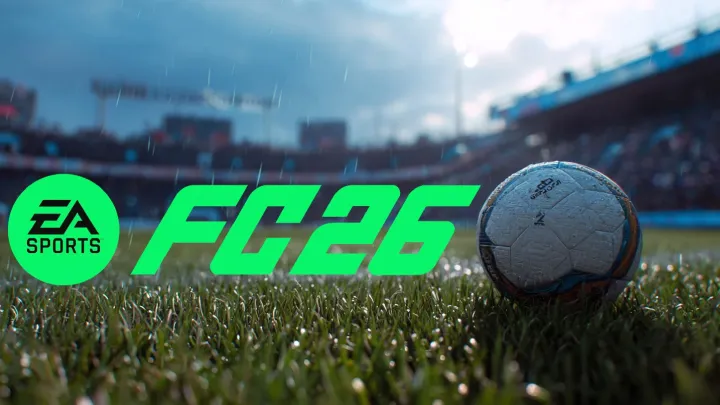
Player Skill Gap: Manual Control versus AI Dependency
Manual defending as a differentiator
The current landscape rewards players who master jockeying, switching, and lane shading. At the esports level, that’s a legitimate skill test and arguably a healthier separator than assisted mechanics.
Casual friction and frustration
For casual players, unreliable support feels punishing. Divisions become gauntlets where opponents exploit the same gaps repeatedly, eroding the sense of fairness and fun.
Community Feedback and EA’s Response
Iterative patches and tuning
Post-launch updates have adjusted positioning, pressure triggers, and run timing. Improvements are noticeable in pockets, but lingering issues sustain debates about technical constraints versus design intent.
Transparency challenges
Sparse patch-note detail leaves players guessing which behaviors changed and why. Without clear telemetry or examples, community testing becomes anecdotal and fragmented.
Tactical Depth: Lost or Reinforced?
The case for added depth
Unpredictability forces constant adaptation, rewarding players who read the game and react dynamically. Imperfect execution can echo real football’s messy realities.
The case against faux realism
Flawed automation is not authenticity. Tactical depth should arise from intentional choices, not compensating for inconsistent baselines. When systems misfire, strategy devolves into workaround hunting rather than expressive play.
Long-Term Implications for FC Esports
Competitive integrity and fairness
Disparate outcomes tied to AI lapses and latency question competitive integrity. If structure breaks differently for equally skilled players, results feel arbitrary.
Meta consolidation risks
As long as AI weaknesses remain predictable, the meta orbits around pace, early through balls, and manual emergency defending. Strategic diversity narrows when one family of solutions reliably trumps others.
Conclusion
The AI dilemma in FC 26 is more than a technical quirk; it defines how the game is played and understood. Defenders miss tracks, midfielders hesitate under pressure, and attackers oscillate between inspired and predictable runs. Competitive players adapt by perfecting manual control; casual players feel underserved by unreliable support. Patches help, but without transparent design goals, trust lags behind tuning notes. The heart of FC 26’s debate is not presentation or features; it is whether AI elevates football simulation or undermines it. The answer will determine not only moment-to-moment enjoyment but also the health and fairness of the game’s competitive ecosystem.
